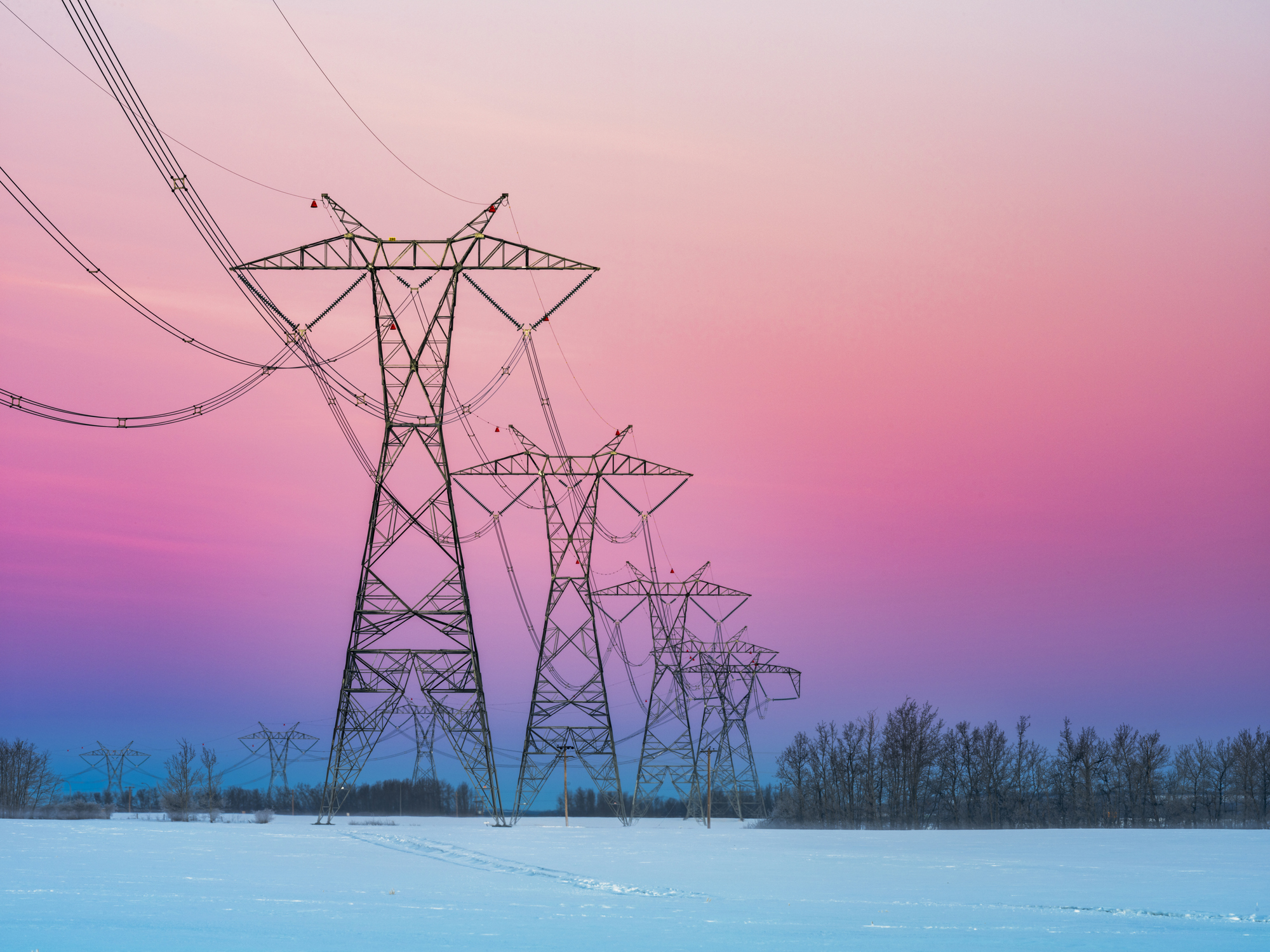
Albertans saw two electricity grid alerts this week and the premier is blaming renewable energy, as solar and wind energy forecasts are low.
“We’ve created a structure that gives priority to wind and solar. And when wind and solar don’t materialize, it takes a couple of hours to power up with natural gas. We’ve built the system completely backward,” stressed Danielle Smith.
Many Albertans taking to social media to voice their displeasure with a grid alert when the weather isn’t that cold – with others wondering if the province’s new restrictions on renewable energy are to blame for the problem.
Power generation companies Enmax and Epcor both tweeting to consumers earlier in the day that they may experience rolling blackouts with a grid alert issued earlier Friday morning — that was lifted later in the afternoon — but it was the second issued this week.
READ MORE: Parts of Alberta experienced rolling blackouts Friday morning
Alberta’s electrical systems operator told media Friday afternoon the morning’s blackouts and grid alert was the result of little solar and wind, planned outages, and maintenance, as well as a plant going off-line.
“A thermal unit that was already on at full capacity tripped off, and so it is truly a combination of many things that occurred that got us into this rotating outage,” said Marie-France Samaroden, the vice president of grid reliability operations with Alberta Electric System Operator (AESO).
This isn’t the first time the province has seen a grid alert with one being issued in January during frigid winter temperatures, as well as one in summer 2023 when temperatures soared.
While electricity is expected to be stabilized into the weekend the grid operator says it could happen again.
“We will continue to do the things to provide that overall reliability to Albertans,” said Samaroden.
Alberta’s premier saying while her minister will have more to say on electricity market reforms later, renewables aren’t the answer.
“We know in this market with how quickly we can get baseload power on, it’s going to have to be natural gas. It’s going to have to be solar and wind that is backed up by a peaker plant, so natural gas or some kind of storage,” said Smith.